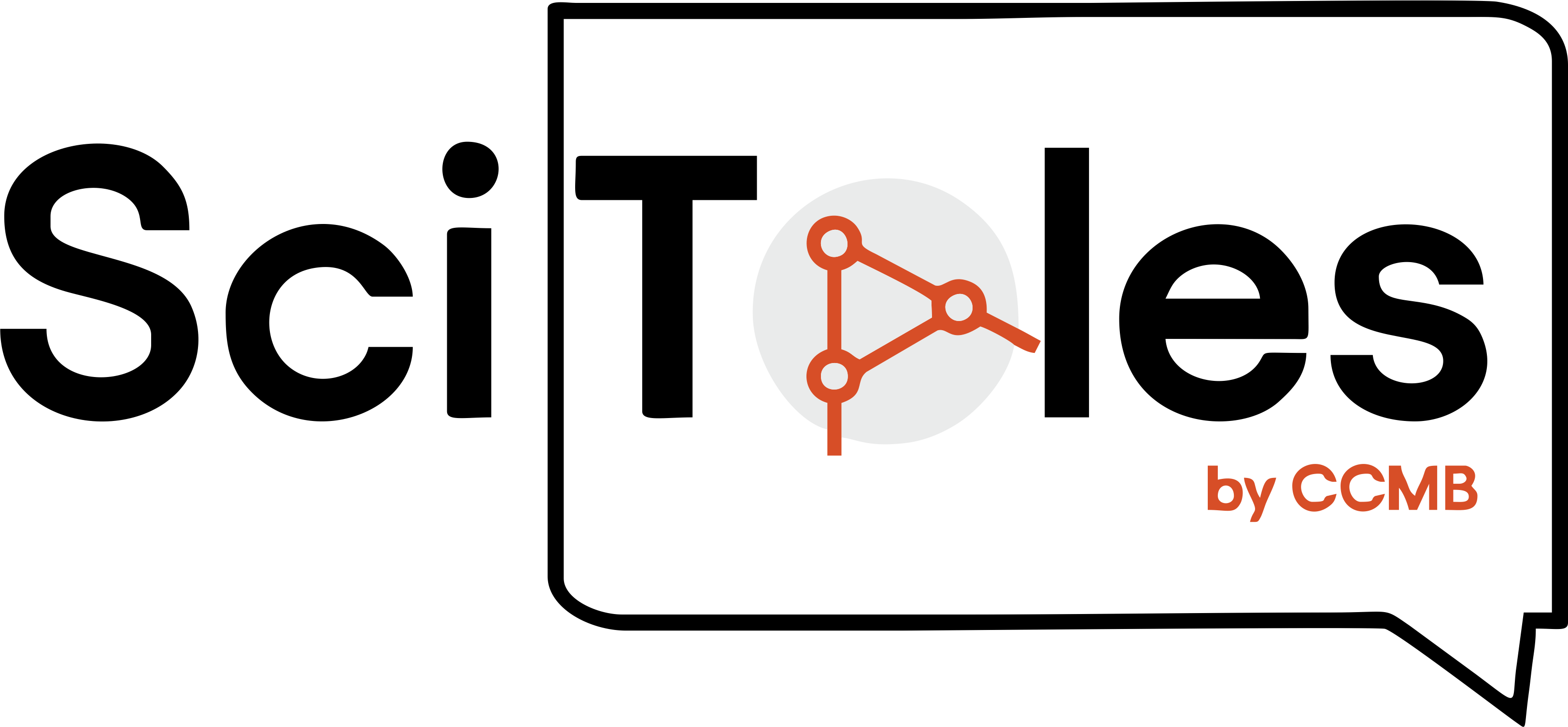Depression has become a very common word in the modern times. But in my lived experience and as a neuroscientist working on depression, I have noticed that many either remain unaware of what it is or they hold severe prejudices and misconceptions about the disorder. These can include: it being all an imagination of the patient, it being “not real”, it being a disorder only caused by inaction of the patient among others. Such prejudices hamper the sufferers and their care-givers from seeking proper care when needed.
To change the status quo, the first step is to understand depression. It can be defined by a combination of symptoms and behaviors within the patient, such as complete inability to feel pleasure, overwhelming feeling of worthlessness and helplessness, disturbance in sleep cycle such as oversleeping or sleeplessness, lack of appetite, avoidance of social contacts. Depression is clinically diagnosed only when two or more of these symptoms persist in a patient for a prolonged period of time, in absence of any psychological stress. These symptoms are a result of changes in the activity of different neurotransmitters in brain, which are chemicals that are released by neurons (nerve cells) and controls different functionalities of the brain by activating or deactivating other neurons. Some of these neurotransmitters are dopamine, oxytocin and glutamate.
Commonly used anti-depressants target these neurotransmitters. However, the array of available treatments and drugs don’t lead to complete recovery and require lifelong treatments. Hence, there is a growing interest in looking at other targets. Scientists have now found more permanent changes in brain that happens in depression, and the processes by which these changes are established leading to depression. These include reduction of the brain’s size and chemical modifications in DNA that change gene expression levels, also known as epigenetic changes. Understanding these changes might lead us to better treatment procedures and prevention methods.
Can we control how stress changes the brain?
It is a very well-known fact that depression is a result of intense psychological stress over a prolonged period of time. These stresses can be childhood trauma, stressful workplaces, societal stress from peers or family, bereavement due to loss of close companions, etc. While some cope well and bounce back for others, it can become unmanageable, accumulating over time and eventually breaks the camel’s back. Not much is known about this difference in individual resilience. But It is believed that the secret might lie in the process by which depression develops. Our current knowledge dictates that the first step of the process is the chemical changes caused in the body due to stress:
When our body experiences any physiological or psychological stress, our brain releases the adrenocorticotrophic hormone. This eventually results in the release of adrenaline and noradrenaline in our body. In a short period of time, this triggers the flight (run away from the stress) or fight (solve the cause of stress) response allowing us to better deal with the stressor. These hormones suppress the parasympathetic nervous system (which is the circuit of neurons responsible for maintaining the normal functions of the body during state of rest) and triggers the sympathetic nervous system (which is the circuit of neurons that activates as a result of external stimulus specially during stress). This results in higher blood pressure and blood glucose levels, which is necessary for the flight or fight response. Although this helps the body cope for a short period of time, a constant state of fight or flight becomes detrimental in many ways. One of the major effects of prolonged stress is an increased level of inflammation in the brain and other parts of the body, due to the suppressed parasympathetic system. This inflammation in brain is majorly located in the brain regions associated with higher cognitive abilities, adult neurogenesis and the emotional regulation.
Scientists think that this inflammation is the first step in the advent of depression, and responsible for other downstream epigenetic changes altering the neurotransmitter levels. While the exact pathway still eludes us, scientists have observed that interventions associated with higher resilience to stress such as physical and mental exercises, meditation, mindfulness also bring down inflammation in brain. This suggests that by managing inflammation, one might have a depressive disorder at its bud. Such anti-inflammatory effects has also been shown by some classical antidepressant drugs (here, here). This might be a promising topic to be studied, for more advanced treatment methods.
Further research on the pathway that leads to depression is needed. This will help us understand the precise molecular changes that bridge the initial inflammatory response and full blown depression. More research is needed in the inherent differences that lead to better resilience to stress and depression – perhaps even how epigenetic changes differ between the two states. Understanding these details can be key to developing more effective treatment and prevention methods for depression which hopefully can lead to complete remission.
Finally, I would like to leave you with this: depression like other disorders of the body, has a strong physiological basis and does not exist just in the “mind” of the patient. This realization is important as treatment for depression and care for the patient relies heavily on societal support from peers, family and colleagues. So, instead of ignoring the signs of depressive disorder in a person, we must strive to guide them to proper therapeutic and medical care. And, as a developing field, engage with scientists. They have only scratched the surface of what happens in the brain during depression. Going beyond how brain cells talk to each other, they should also look at what is happening inside these cells.


